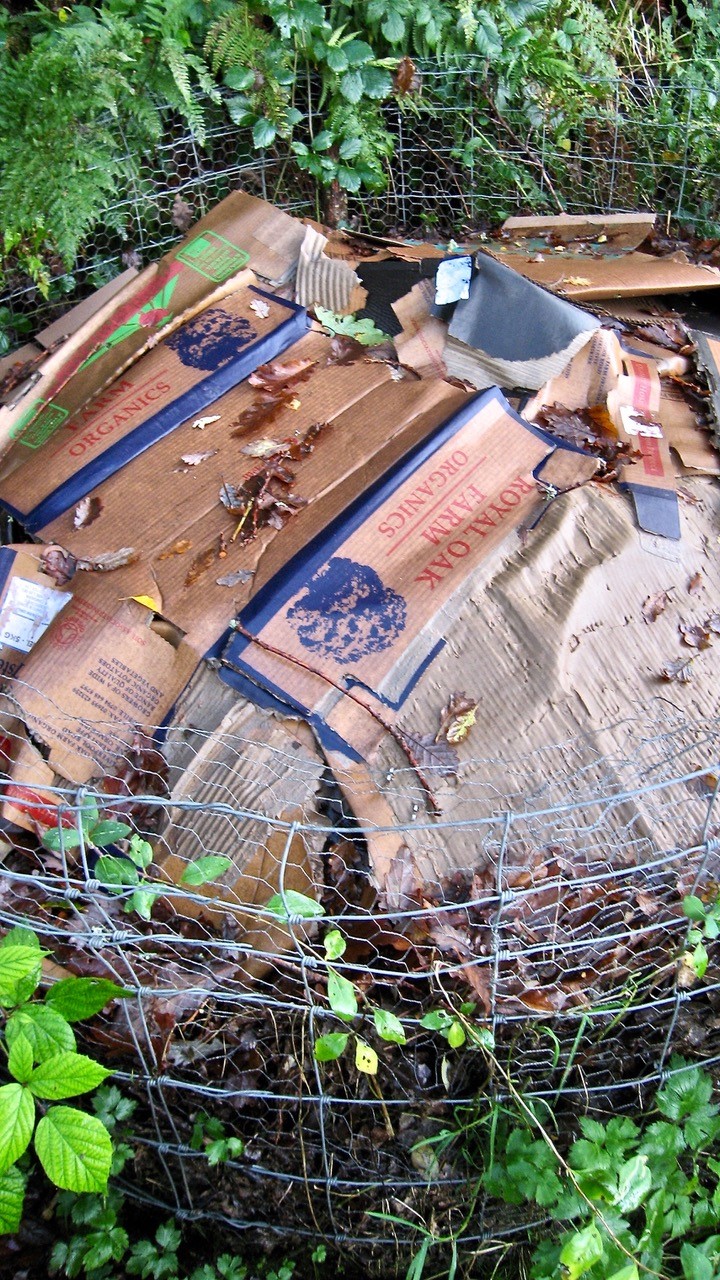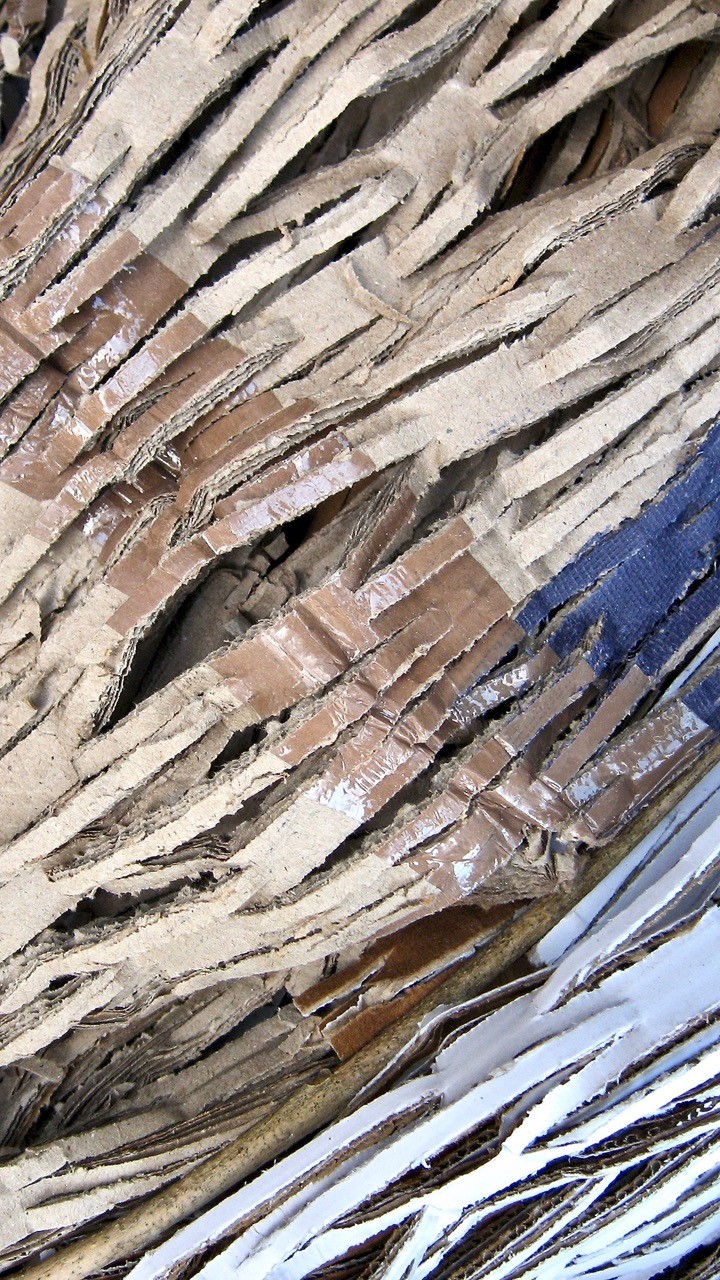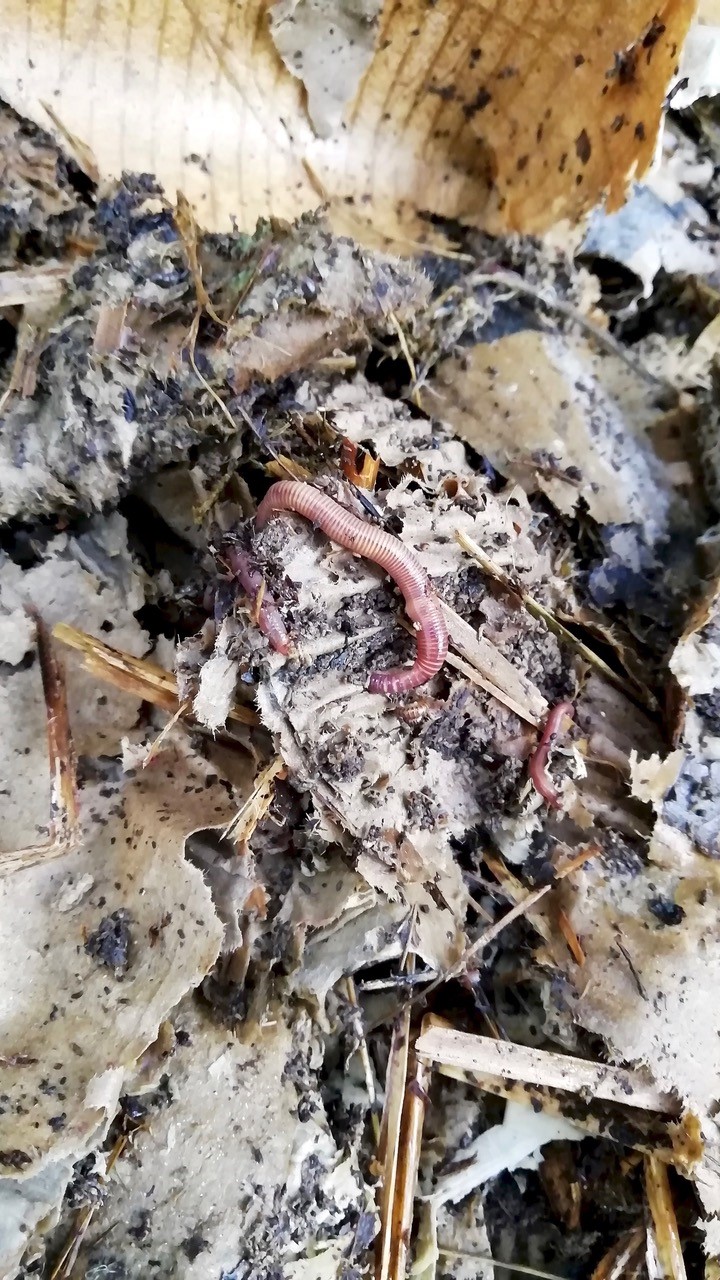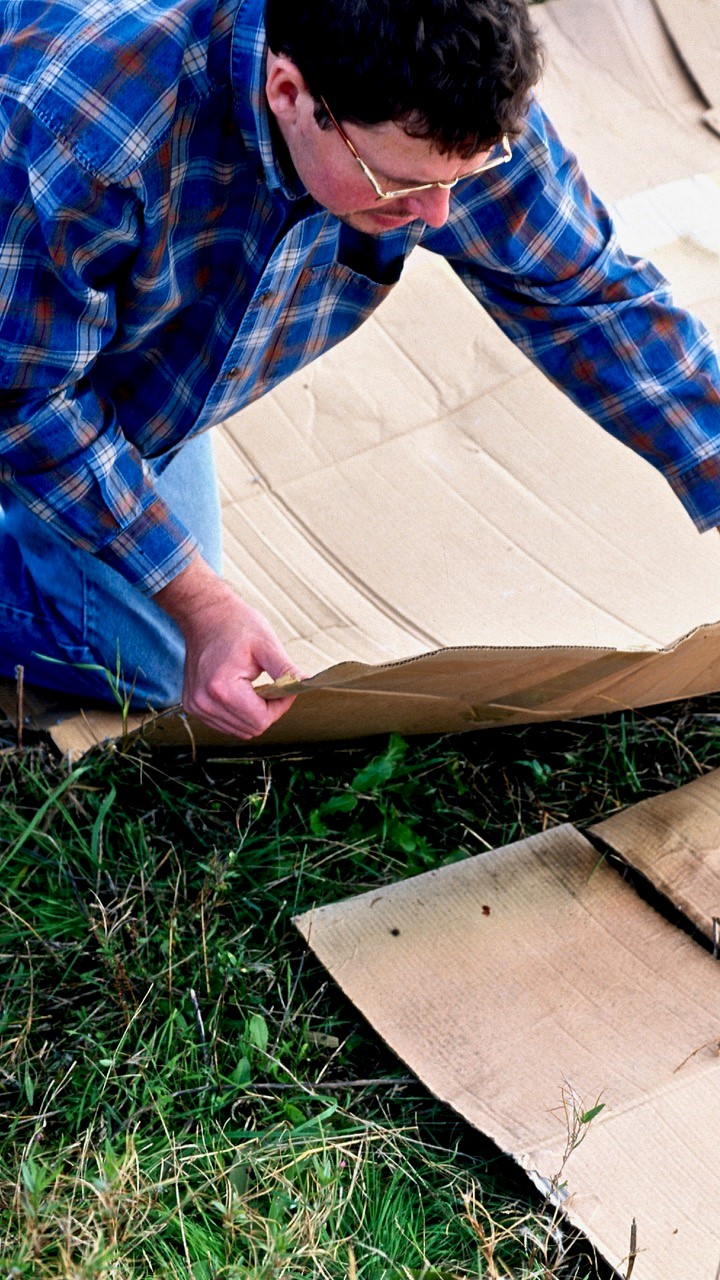Cardboard is one waste problem that’s actually a solution, with a host of labour-saving, cost-cutting, earth-friendly uses in your garden and greenhouse.
Brown, bulky, boring and super-abundant: if there’s one thing we’ve not been short of during these tough and trying pandemic months, it’s cardboard. Booming local deliveries, click-and-collect services, and online buying generally have all added to a gathering massif of cardboard with gardening’s name on it, stashed away in our sheds, garages and greenhouses.

With many recycling centres closed in the spring (and others set to shut imminently due to regional lockdowns), brown boxes and packaging have mounted up; just have a peek behind my sofa. But if you feel you’re about to disappear under a brown avalanche of flattened boxes, then fear not, because help is at hand; it might be brown and boring, but out in your garden or on your allotment, dull old cardboard can be turned into gardening gold.
Cardboard is made from trees – or at least the cellulose pulp that’s extracted from them. It’s a natural material that will eventually rot down into the soil, forming rich and dark carbon-storing humus. It doesn’t shed ‘micro’ anything, in the way that plastics do, so it isn’t a global polluter, and it can be easily and effectively recycled multiple times; a good number of the cardboard boxes in circulation contain a high percentage of recycled pulp.
There are exceptions to be wary of before your gold-making commences. Cardboard with lots of bright, glossy print, or any covered in a thin plastic film, is best recycled. Test for plastic by seeing if the cardboard rips cleanly; if it resists and you can see a thin, stretchy film, recycle it.

Apply the same test to packing tape; plastic tape needs to be stripped off and binned, or it will still be polluting your patch a century from now. Brown, paper-based tapes (made with natural adhesives) should tear cleanly and soon turn to gold, but beware the deceivers, such as tape reinforced with fibreglass, resulting in packaging sent straight from gardening hell. One of my greatest disappointments this summer was receiving a box of peat-free, organic and plastic-free perennial plants from a well-known nursery, wrapped in waxed paper and packed with shredded, compostable paper. Horror dawned en route to the compost bin; I found I couldn’t tear the box into pieces because the otherwise gold-making paper tape sealing it was reinforced with glass fibres. A night in my wood-burning stove left the indestructible strands unfazed, so it had to be binned. If your mail order supplier tries a similar trick, call them out on it and insist that all of their packaging passes the gardening gold test. They’ll soon sit up if you inform them you’ll be clicking elsewhere…
So just how are we going to turn that boring pile of flattened-out brown pulp into garden-useful gold? The possibilities are endless, whether you’ve a single box or a tower of them. Small amounts can be added straight to a compost heap or bin, either in layers alternated with organic matter, or torn up and scrunched into air-filled, fist-sized clumps. If you’re after a stress-busting tear-up, leave the boxes out in the rain first, and they’ll rip effortlessly. The corrugated nature of most cardboard makes it manna for fast-moving tiger worms that work their quiet magic inside a ‘wormposting’ bin, where they’ll slink along the hollow channels as they devour the brown pulp.

I’ve been flattening out banana boxes – which double up as strong, handy trays if you keep them dry – and layering them over my big cages of maturing leafmould. One unexpected benefit is that they’ve turned into wildlife gold; wrens and robins are jousting over the multitude of bugs living in and feasting on the damp brown ‘sandwich’ I’ve built, while slugs doubtless imagined they’d got it made – until the thrush began flicking the damp, decomposing layers of pulp apart. I’ll find a groggy toad holed up there any day now.
Big sheets of cardboard make the perfect lining for a leafmould cage, or for an open-sided DIY compost bin formed from wooden pallets or wire mesh. Flatten them out against the inside of the cage or bin, using as many layers as you want, tie them in place with non-polluting compostable twine, and get filling. If you gently mound up the contents, several sheets laid over the top and weighed down with logs or stones will shed rain and prevent winter waterlogging.
If you need the opposite – to retain moisture – cardboard will earn its gold star by keeping soil beds in a greenhouse or polytunnel moist over the winter months. In a greenhouse, where it never rains, soil, if left fallow, can dry out surprisingly quickly between now and spring, and underground life will move on (though you can always inject new life with some chipped branch wood). Once your soil beds have been cleared, mix in some garden compost or leafmould, give the ground a thorough soaking, and cover it with overlapping cardboard sheets, held in place with stones laid along the seams. In a just-frost-free greenhouse where pot-grown plants might still be at risk, dry cardboard, wrapped in a thick layer around the pots and tied in place with rottable, plant-fibre twine, makes good and plastic-free insulation, protecting the roots from searching frost.
For that patch of weedy ground you never quite get around to clearing, or that overgrown allotment you’ve just taken on, a cardboard mountain can prove transformative. It will also save you hours of back-aching toil, so do this now. First, chop down any weeds, level the ground as best you can, and grab the biggest sheets of cardboard you’ve accumulated (electrical goods shops will yield large, ultra-useful sheets). Check for plastic tape, then lay the sheets down, tile-like, over the area – pick a wind-free day – overlapping them by 15-30cm, to stop any light reaching the soil. If you have ample cardboard, more sheets can be laid over the seams, so that the whole area is covered in multiple, weed-smothering layers.

You then need to anchor your cardboard skin in place with something heavy. Stones, bricks or logs will all weigh down the brown layer, but it will still be prone to flapping into flight during a gale. A far better fix is to cover the cardboard with a layer of garden compost, manure, old grass mowings, leafmould, or wood chips (blagged from a local tree surgeon) – or a mixture of whatever you’ve got to hand. This topping should be at least 10cm deep, and spread out evenly over the cardboard-clad area. Rain will settle it in, and the quiet, unseen brown-into-gold alchemy will begin.
Devoid of light, all but the toughest perennial weeds will perish under the cardboard blackout. Come spring, the cardboard will be gone, disintegrated by fungi, its remains drawn down into the soil by earthworms, while any anchoring organic layer will be resting on the surface. Tough weeds that have survived can be loosened and eased out. Then you can either cultivate the patch (high-toil), or go for a full-on no-dig approach (low-toil – recommended).
We know that gardening, especially in tough times, helps to send the blues packing. But who’d have thought it could turn brown and boring into abundant, glittering gold.
Text and images John Walker
Find John on Twitter @earthFgardener










